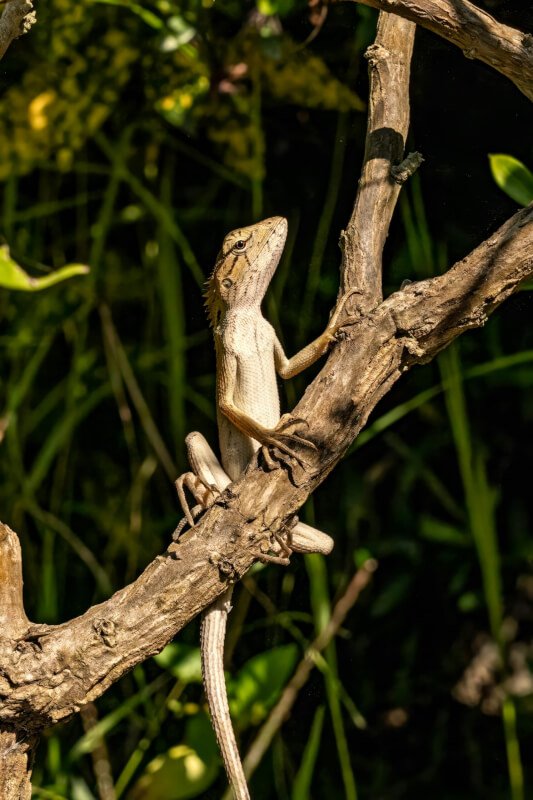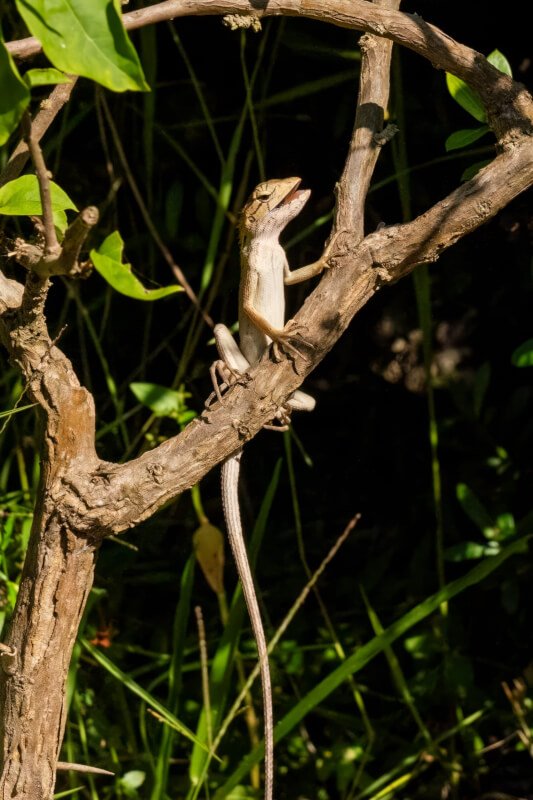Imagine stepping into a world where vibrant colors blend with the earthy tones of nature, where the rustling of leaves accompanies the gentle chirping of birds. This captivating article takes you on a mesmerizing journey through the intricate beauty of the lizard habitat. As you delve into this captivating exploration, you will uncover the secrets of these mystical creatures and gain a deeper understanding of their thriving ecosystem. Get ready to witness nature’s incredible masterpiece unfold right before your eyes.
Lizard Habitat

Introduction to Lizard Habitats
Lizard habitats refer to the specific environments in which lizards thrive and fulfill their natural needs for survival. Just like any other living organism, lizards require suitable habitats that provide them with the necessary resources to survive, reproduce, and thrive. The habitats in which lizards reside play a crucial role in shaping their behavior, adaptations, and overall well-being. From forests to deserts, grasslands to aquatic environments, lizards have adapted to a wide range of habitats across the globe.
Importance of Suitable Habitats for Lizards
Suitable habitats are of utmost importance for lizards due to several reasons. First and foremost, the availability of an appropriate habitat is essential for the survival of lizard species. By providing the necessary conditions for their basic needs, suitable habitats play a pivotal role in ensuring their long-term survival. Additionally, these habitats offer an abundant supply of food sources, shelter, and water, crucial elements for the sustenance and well-being of lizards.
Furthermore, suitable habitats contribute to the promotion of lifecycles and reproduction of lizards. When lizards are in habitats that fulfill their requirements, they are more likely to engage in successful breeding, resulting in a healthy population. Therefore, conserving and protecting suitable lizard habitats is crucial to maintaining the overall health and stability of lizard populations.

Factors Affecting Lizard Habitat
Several factors play a key role in determining the suitability of a lizard habitat. These factors include temperature, humidity, light conditions, availability of water, vegetation and cover, as well as the structural features of the environment. Each of these factors impacts the adaptability and survival of lizards in their respective habitats.
Temperature is a vital factor as lizards are ectothermic creatures, meaning they rely on external heat sources to regulate their body temperature. The appropriate temperature range within a habitat is essential for their metabolism, digestion, and immune functions. Similarly, humidity levels significantly affect lizards, as it is essential for their skin health and the prevention of dehydration.
Light conditions within a habitat play a crucial role in the behavior and activity patterns of lizards. Different species have varying light preferences, with some thriving in bright sunlight while others prefer shaded areas. Availability of water is another critical factor affecting lizard habitats, as it ensures their hydration and serves as a crucial element for their survival.
The presence of suitable vegetation and cover is also essential for lizards, as it provides them with hiding places, protection from predators, and suitable areas for basking or hunting. Lastly, the structural features of the environment, such as rock formations or fallen logs, can create ideal microhabitats for lizards, offering them nesting sites and thermoregulatory options.

Different Types of Lizard Habitats
Lizards can be found in a variety of habitats across the world, adapting to their unique features and ecological dynamics. Some of the most common types of lizard habitats include forests, deserts, grasslands, aquatic environments, and even urban areas. Each habitat has its distinct characteristics, influencing the diverse range of lizards that inhabit them.
Forest Habitats
Forest habitats are predominantly characterized by a dense canopy of trees and a rich understory vegetation layer. These habitats provide ample hiding spots, varied microclimates, and a diverse food supply for lizards. Forest-dwelling lizards are known for their ability to maneuver through the complex foliage and utilize trees as their primary habitat.
Desert Habitats
Desert habitats pose unique challenges for lizards due to extreme temperature fluctuations and scarce water availability. However, desert-adapted lizards have evolved special mechanisms to cope with these harsh conditions. They are often equipped with efficient water-conserving adaptations, such as specialized skin structures, which allow them to survive in arid environments.
Grassland Habitats
Grassland habitats are characterized by vast expanses of open grasses and limited tree coverage. Lizards inhabiting these environments have adapted to the presence of tall grasses and herbaceous plants, utilizing them for cover, hunting, and courtship behaviors. Additionally, grassland lizards often rely on burrows and other hiding spots as a means of protection from predators.
Aquatic Habitats
Aquatic habitats, such as ponds, lakes, rivers, and swamps, provide unique opportunities for lizard species adapted to semi-aquatic or fully aquatic lifestyles. These habitats offer a diverse range of food sources, such as insects and small aquatic organisms. Lizards residing in aquatic environments have evolved specialized adaptations, including webbed feet for swimming and the ability to hold their breath for extended periods.
Urban Habitats
Urban habitats, although human-modified, can also serve as homes for certain lizard species. Urban areas that contain green spaces, gardens, or parks can provide suitable habitats for lizards in the midst of human settlements. These adaptable creatures find shelter among rocks, shrubs, and other structures, utilizing the resources available to them in urban environments.

Creating a Suitable Lizard Habitat
Creating a suitable lizard habitat requires careful consideration of their specific needs and preferences. Incorporating natural elements within the habitat is crucial to mimic the lizards’ natural environments. Adding rocks, branches, and plants that are native to their habitat can provide them with essential hiding places, basking spots, and opportunities for foraging.
Providing adequate food and water sources is crucial when creating a lizard habitat. This can include offering live insects or small invertebrates as food, as well as ensuring a consistent supply of clean and freshwater. Additionally, providing appropriate hiding places, such as rock formations or hollow logs, allows lizards to feel secure and protected.
Maintaining suitable temperature and humidity levels within the habitat is essential for the health and well-being of lizards. Utilizing heating lamps or heat pads can ensure a suitable temperature gradient, allowing the lizards to regulate their body temperature effectively. Additionally, monitoring humidity levels by misting or using a humidifier can prevent dehydration and promote skin health.
When creating a lizard habitat, it is important to avoid using harmful chemicals such as pesticides or herbicides. These can have detrimental effects on lizards and their food sources, potentially leading to their decline. Instead, opting for natural and eco-friendly landscaping practices can help create a safe and sustainable lizard habitat.
In conclusion, lizard habitats are diverse and unique, each playing a vital role in providing the necessary resources for the survival and well-being of these remarkable creatures. Understanding the factors that affect lizard habitats and the different types of habitats they inhabit is crucial for their conservation and preservation. By creating and maintaining suitable lizard habitats, we can contribute to the thriving populations of these fascinating reptiles and promote their overall biodiversity.

